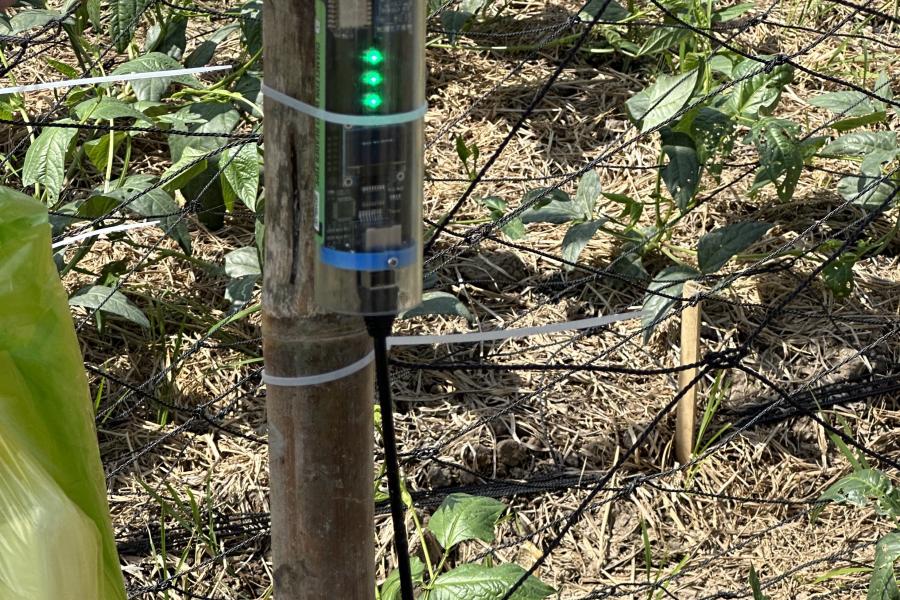Dr Iestyn Pierce, head of the school of Computer Science and Electronic Engineering was accompanied by Dr Christian Dunn of the School of Natural Sciences and Assistant Pro-vice Chancellor and Dr Andrew Goodman, Director of Arloesi Pontio Innovation and colleagues from Global Wales and the University of South Wales on a research and collaboration visit to Hanoi University of Science and Technology, the electronics and communications company Viettel and Can Tho University in Vietnam.
The purpose of their visit was to investigate research links and implement electronic environmental sensing technology to help farmers measure the effects of saline intrusion on the crops in the Mekong Delta, (source of more than half of Vietnam’s rice in 2011). This region is under threat from climate change, and measuring the effects of various soil and water nutrients and chemicals will help make the region more resilient. This is an excellent example of colleagues from different disciplines and schools across the university (and beyond) working together to provide environmental sustainability benefits across the world.
The photograph shows colleagues from Can Tho University, Vietnam, University of South Wales, Global Wales and Bangor University visit the research plot of a farmer (leftmost in the picture) in the Mekong Delta region, Vietnam.
Dr Iestyn Pierce said
It was a great trip. The image below shows the current version of the soil sensor. Each sensor requires regular visits from technicians who download the data by WiFi using their mobile phone. The proposed project plans to upgrade the system to allow completely remote access to a whole network of sensors using a low-power, wide area communications network called LoRaWAN.
Iestyn went on to say
We, at Bangor, along with colleagues from the University of South Wales, have experience in deploying LoRaWAN networks in various locations around Wales. For example for measuring rainfall in forests in Ceredigion and air quality monitoring in Rhondda Cynon Taf.

